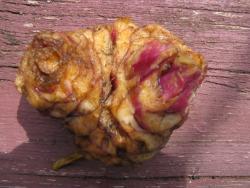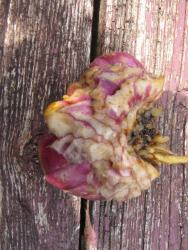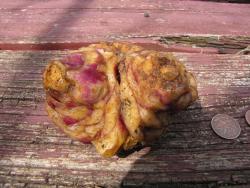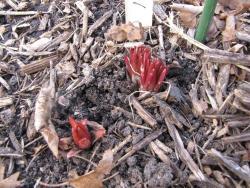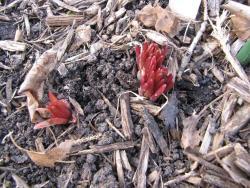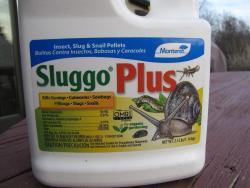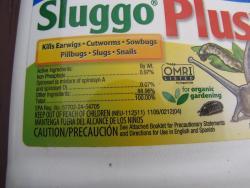You are right, it will work either way, but the outside method is definitely better in my opinion. The diurnal fluctuation in temperature is of great value to plants: warm during the daylight hours to increase photosynthesis, and cooler at night to decrease respiration and thereby building stronger, sturdier plants. Even if you lower your house temp at night, it takes a long time for the temp to go down, especially at this time of year, so the duration of the lower temperature is far less. And the day/night temp fluctuation needs to be at least 10°F to even begin to match nature. In addition, you will never attain the full goodness of natural light with artificial lighting. The down side is that you will wait longer for visible growth.
I might also suggest you try this small variation of planting, especially with L. monadelphum and L. gloriosoides:
--- Using moist soil, plant as you normally would, but don't water right after. Cover with plastic or seal in a plastic bag for four days if inside, a week if outside. Then water.
What this does is allow the natural mending of roots (or the bulb) that might have been damaged during planting without the encouragement of pathogens that invade much more easily when the soil is wet. This is a practice often used with cactus, whose damaged roots can be very prone to root rot, and need to callus prior to watering. I find it very useful for any plant whose immediate need for additional water is negligible (having no or few leaves), and also for those that seem to have very delicate roots. Obviously, your tiny bulbs have no leaves that would require water, and at the most this method will only delay growth by a few days. Visible growth may be slightly delayed, but wound mending will be better. (There is plenty of moisture for that.)

